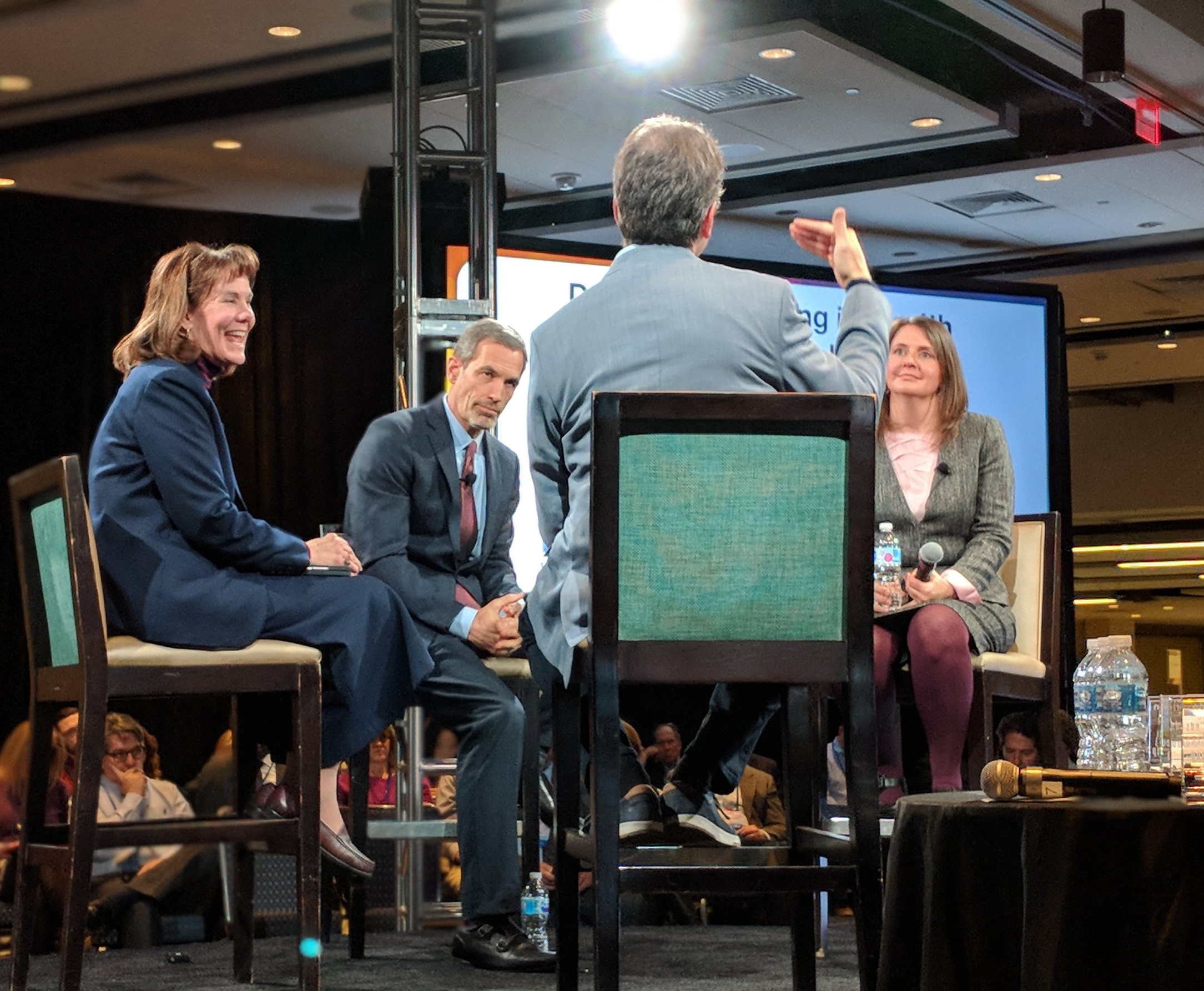As the school year wraps up, it’s good to reflect and thank those around you — the colleagues who supported you, the mentors who coached you, the students who helped you rethink your approach.
This, however, is more than a regular end-of-year for me, because I am leaving White Bear after close to a decade of working with this amazing community. So, to the entire White Bear staff, I sincerely say, thank you very much! Your work has inspired me and you’ve continually raised the bar on what I thought was possible in the world of education.
Thank you for seeing technology as a driver of change and for being willing to take a risk. Our tech department’s accomplishments are only realized in the broader context of White Bear’s success. Because of you, our work empowering staff and students attracts the attention of educators across Minnesota and around the country. Thanks to the empowered educators, and the courageous leaders and the students brimming with agency.
Thanks for making a difference! To those of you who applaud your colleagues and mirror their bold example by taking on new challenges of your own, thank you! You, and the scores of others who completed the Technology & Leadership Cohorts and earned Google Certification and volunteered to attend Innovation Camp are modeling resilience and lifelong learning. Thanks for caring and for troubleshooting and for reinventing curriculum to keep it relevant in a tech-savvy world. Thanks for pushing our tech department to be more responsive to students’ needs and for inspiring mindsets of innovation and advocacy.
Thank you to the innovators, the schemers, the friends and trusted confidants. I am indebted to everyone who has cared enough to send me an article or a book or a great idea. Thanks for listening, cheering on my best ideas and always coaching me when I’ve needed counsel. Thanks to my broader edtech community. I can always count on you all to inspire, motivate and challenge. Thanks for dreaming new ways to design success.
Thanks for believing! Thank you to those of you who embraced the start-up approach we took when we stepped from Groupwise to Gmail back in 2011. And thanks to the rest of you for fueling the thread of decisions that followed, as a few dozen Chromebooks grew to over 9,000. Thanks for believing that a small ripple of change can multiply into a wave. Thanks for putting in the effort required to turn the tide.
Thank you for enthusiastically jumping into the Big Sleuth. For making it fun. For submitting 143 ideas and casting 66,705 votes. For trusting that a well-crafted system can engage more voices in district decision making. Your voice matters! Thanks for collaborating with students and testing prototypes and lifting up great ideas. And a huge thanks to the idea champions who are now working tirelessly to realize their vision.
Thanks for being open to new approaches!
Thank you to our stellar tech staff who arrive early and stay late. You have made working here an absolute delight. Thanks for your humor and patience and your never ending push to deliver better service on a quicker timetable. I’m humbled by the systems we’ve launched that support a more equitable playing field. Thanks for implementing efficiencies and automations that launch with little notice, yet improve everyone’s daily work. For working behind the scene to help others succeed. Thanks for building and maintaining the enviably-robust infrastructure of systems that power innovation and elevate far reaching engagement and achievement. Thanks for making me better at my job. Together, we’ve sought to use every decision as an opportunity to move our district forward, lower hurdles for all White Bear learners and bias towards action. I’m incredibly proud of you all!
Thanks for making me laugh!
You’ve got some exciting years ahead, White Bear! I know you will build on our work to create something even stronger and better and even more responsive to our community’s needs. Keep in touch, I can’t wait to hear about it.
Thanks for being awesome! Go Bears! — -
Take a minute today to thank those around you. Then join others in the #innovate624 conversation by telling us about your amazing colleagues on Facebook and Twitter!
































